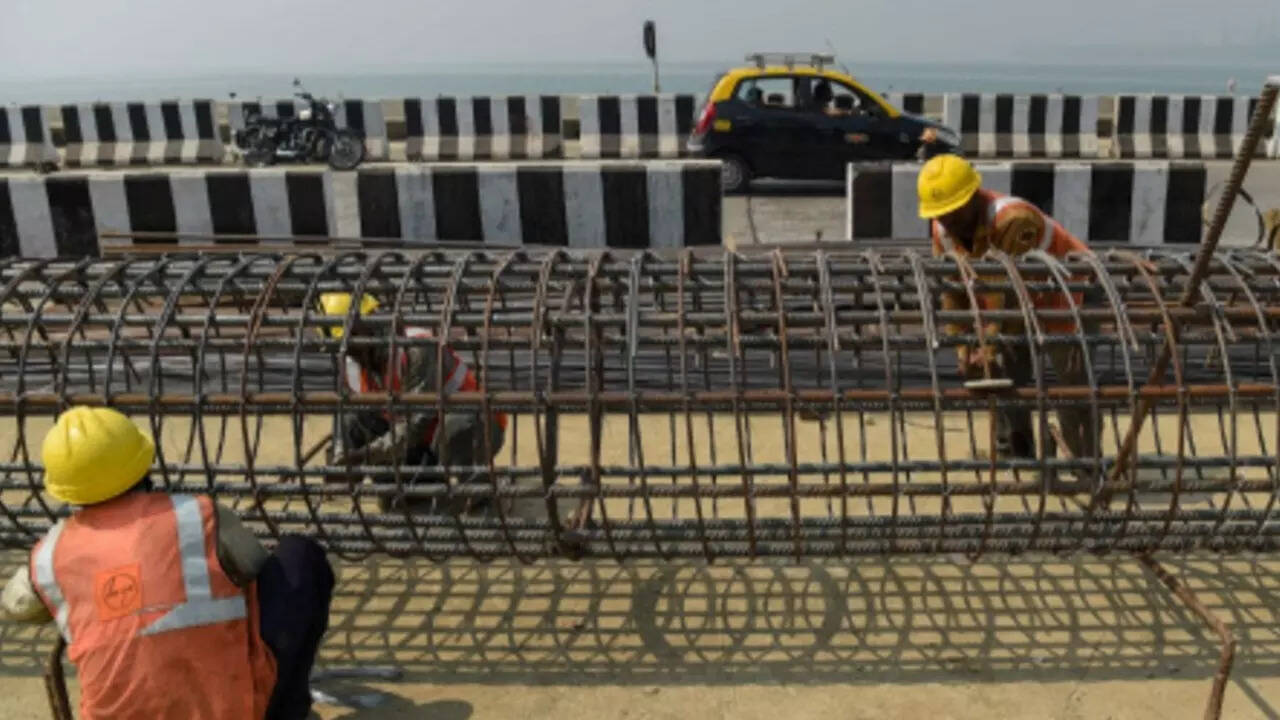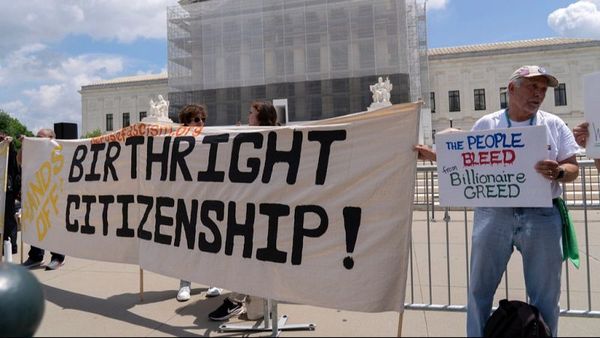
By RP Gupta
India’s gross domestic product (GDP) growth for 2023-24 has been projected as 5.7% to 6.6% by various agencies.
At present, manufacturing growth and current account deficit (CAD) are not so promising. Therefore, the growth projections for 2023-24 might be revised downwards.
However, for resolving job crisis, India must grow at 7% plus in 2023-24 and above 8% in 2024-25. For achieving this target, forthcoming budget is an opportune time for announcing several structural reforms somewhat similar to 1991 budget.
Such reforms should facilitate in restoring investment (GFCF) ratio to 33.7% of GDP, as prevailed during 2010-13 and CAD below 1.2% of GDP, as prevailed in the recent past.
Budget allocation for capex has been rising but it’s not feasible for any government taking entire investment burden on budgetary resources. Yes-the infrastructure allocation in budget may be leveraged 4/5 times through PPP arrangements.
Alternatively, infrastructure spending departments and corporations such as, Railway, NHIDCL, NHAI, etc., may be corporatized and listed as PSUs. Their assets may be re-valued and converted to equity and debt in a suitable mix though a special enactment. Thereafter, these PSUs can easily raise debts from capital markets and lenders without burdening budgetary resources.
However, budgetary support may be provided to unviable projects such as, Rural and Irrigation infrastructures and infrastructure for health, education, sanitation, drinking water etc.
For stimulating private investments, budget must announce several easements of business and taxation laws. Criminalization of Business & Taxation laws must be reviewed and replaced with civil penalties.
Unrealistic and high pitch tax demands, eroding net-worth, should be restrained; that will reduce prolonged litigations. These impediments have enlarged business risks and therefore, general appetite for business expansion is gradually declining.
India must surmount British colonial legacy and the entrepreneurial spirit be rekindled. Environment approvals (except pollution) may be exempted for projects up to Rs 1,000 crore and the land, water and approvals may be expedited. Cumbersome mining laws may be eased; that will promote core sector industries stimulating high growth regime.
Gross bank credit in India is barely 47.6% of GDP in 2022 as against world average of 89% and about 160% in China. In the past years, it has been 50-55%. This must be immediately raised to minimum 60% of GDP and about 75% in next 3-4 years.
Liberal bank credit is pre-requisite for private investment. In a developing nation, temporary loss and business risks are natural phenomenon. Hence, the stringent NPA norms and shifting of entire burden on the banks and entrepreneurs has become counter-productive, as seen in the last decade.
NPA norms must be relaxed and the loan restructuring may be liberally permitted till India becomes a developed nation. Budget should include policy announcements to this affect.
Self-insurance scheme, as suggested in book Turn Around India-2020 might be useful to banks for resolving NPA problems.
More so, the banks may also be directed to increase “capital adequacy ratio” by raising equity capital or long term bonds from capital market.
For capital intensive core sector and infrastructure projects, the corporates may be encouraged to raise capital from the Bond Market and reduce burden on banks. Government may extend sovereign guarantee to such bond issues in a structured manner.
Alternatively, the tax incentives may be extended to Bond subscribers. More so, the credit guarantee scheme to MSME may be extended and modified by reducing guarantee cover up to 50% for micro and small units and 20% for medium units. This must be applicable to both existing and new borrowers.
For escaping loss of GDP (national income), CAD must be bought down to 1.2% in 2023-24 and surplus in 2025-26. For this, twin strategies are needed. Imports must be cut and partially replaced with domestic production, as done in electronics items.
Gold imports may be reduced to almost nil in next 5/6 years through a “Modified Gold Scheme”, as suggested in the aforesaid book.
Eventually, this will swap international liabilities with domestic liabilities and convert India as “surplus international asset” Nation and thus, arrest Rupee depreciation. Unlike existing GMS-2015, this is a financially viable scheme. However, this needs nominal fiscal reliefs to gold depositors on the presumptive capital gain.
Coal imports must be reduced to nil by augmenting domestic production. Budget should provide adequate funds for exploration of petroleum reserves. Ways and means must be developed curbing consumption of imported energy through fiscal and regulatory supports.
Boosting exports is highly crucial for consistent growth. India must restore exports to 24% of GDP. Rather it should exceed 25% in medium term.
Historically, the economic efficiency of India is not so comparable with major economies mainly due to high cost of basic inputs like capital, energy, logistics, minerals and land. Taxes on energy and Minerals are in prohibitive range inflating the production cost of all goods.
More so, the burden of legal compliances is too high, as admitted in the past economic survey. It might consume time to achieve comparable efficiency. However, a policy statement in budget shall set the ball in motion and infuse confidence among investors.
Exports of services in tourism, health, education, consultancy (legal, accounting and engineering) must be explored which has huge potential, as discussed in aforesaid book.
During interim period, export incentives at 5-10% may be provided for incremental exports to existing and new exporters after identifying sector-wise needs. Ultimate fiscal burden shall be negligible due to increase of GDP and the consequential rise in tax revenues. I firmly believe that; the fiscal deficit is a better choice than CAD. High growth with low CAD shall deliver multiplier benefits to economy.
Considering global turmoil and associated challenges, India must bring this Budget with radical reforms and establish this to be a second milestone after 1991 budget.
(The author is an economist and writer of the book Turn Around India)







